At one point, possums in New Zealand rivaled the sheep population.
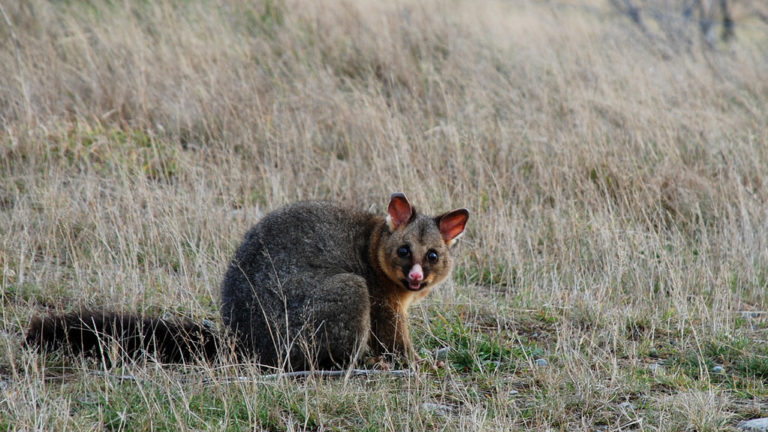
Brought into New Zealand to start a fur trade in 1837, the brushtail possum population exploded beyond settlers’ wildest dreams (or nightmares) to an estimated peak of 70 million possums in the 1980s, same as sheep. They are found throughout the country, all the way from Rakiura (Stewart Island) to Cape Reinga. It has taken us more than a hundred years to understand the gravity of the damage they do to our environment.
1. Possums eat juvenile kea
A research project by Kea Conservation Trust captured footage of possums killing and eating kea. Although possums were known to raid the nests of smaller birds, this 2013 video footage was the first evidence of this behaviour.
2. Possums don’t like getting wet
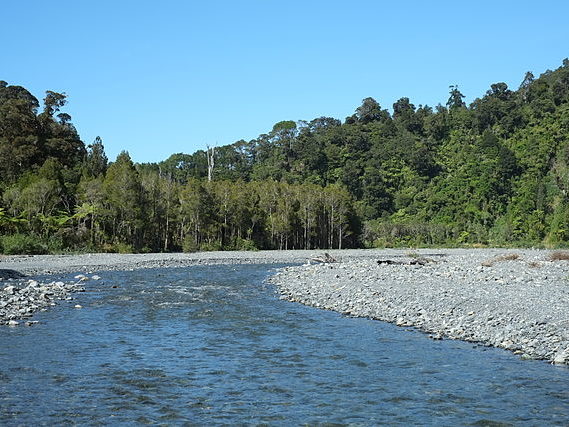
Possums dislike getting wet and this means rivers can form a natural barrier to limit their spread.
Anecdotal reports of rivers acting as obstacles to possum movements have been around for a while, so Zero Invasive Predators (ZIP) decided to test the theory. They conducted a study of the Orongorongo River and found that none of the monitored possums crossed the river. There’s a lot more research to be done, but initial results sound promising.
This also means possum shooting is quite successful the first couple of dry nights after a spell of rain.
3. Possums are naturally curious and are attracted to bright colours
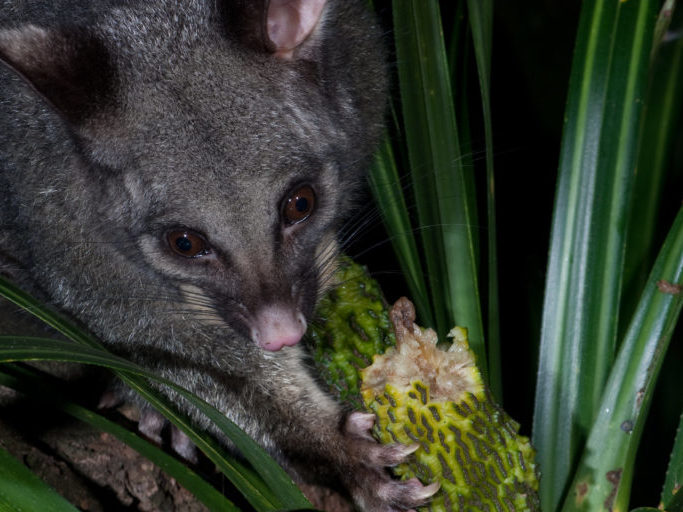
They are also highly driven by food. These qualities make using an enticing lure a powerful tool for trappers and baiters. Wildlife biologist Cam Speedy’s special sweet flour paste recipe is designed to lure in possums using visual and olfactory cues. Spreading the paste on tree trunks and the area surrounding a trap/bait station creates interest.
Winter is the best time of year for possum control, as natural food supplies are at their lowest and possums are hungry. This means they’re more likely to take alternate foods. So decide whether trapping or baiting is right for your property and get started.
4. Every night possums eat about 21,000 tonnes of vegetation — that’s nearly the weight of Auckland’s Sky Tower
Instead of that Sky Tower’s worth of vegetation growing into a healthy and balanced ecosystem, it feeds millions of possums with a seemingly limitless appetite. Possums decimate every level of the forest ecosystem. They strip and kill trees, predate the eggs and chicks of native birds and they eat wētā and other native insects.
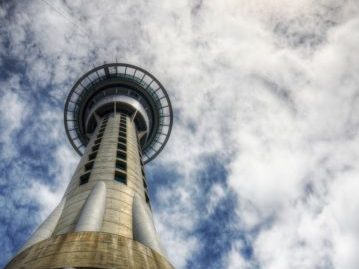
It’s not just what they eat but how they eat.
Possums will return night after night to a single tree, systematically stripping it bare before moving on to another of the same species. By doing this, possums change the overall structure and composition of native forests.
At any one time, about 6 plant species will make up 75% of a possum’s diet. Possums will eat more than 70 types of native tree species, but their clear favourites are often tall canopy trees like tawa, rātā, kohekohe, kāmahi and tōtara. Placing traps or bait stations near or on their favourite trees increases the success of your possum control.
In a report by Forest and Bird into the impact of introduced predators on the climate crisis, it was found that browsers like possums also significantly impact the ability of our native forests to sequester carbon.
5. Possums spread noxious plant species
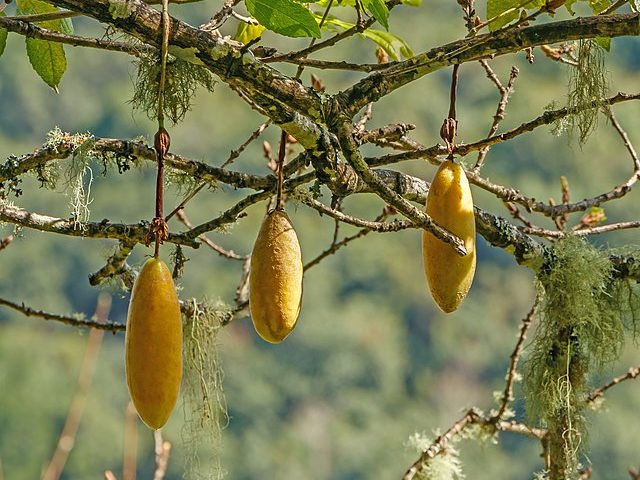
Possums aren’t only eating through forests, they are also helping to disperse invasive and noxious plant species. A University of Canterbury study explored the dispersal of the Banana Passion vine, a noxious weed, by introduced pest species and how that facilitated the plant’s invasiveness.
The study found that the Banana Passion vine has formed a symbiotic relationship with introduced predators such as possums. The possum gets fed and the plant gets spread through their droppings. The study concluded by saying the control of the weed should go hand in hand with the control of the introduced predators dispersing its seeds.
6. In the 90s the iconic New Zealand Christmas tree was under threat from possums
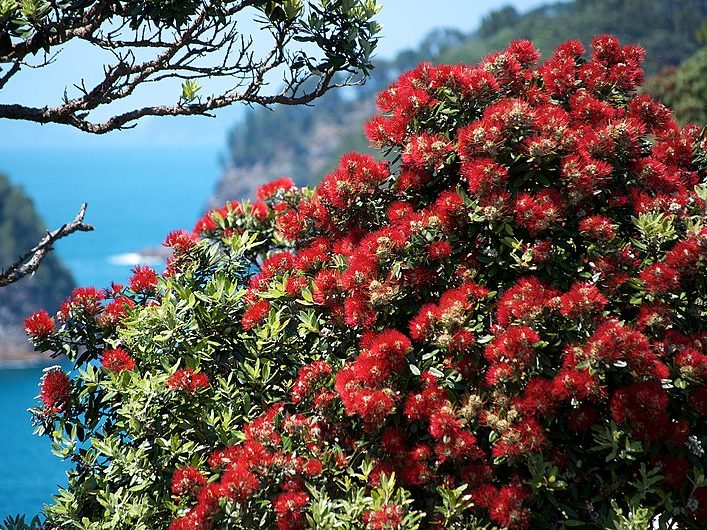
For many North Islanders, nothing says ‘summer is here’ quite like a pōhutukawa in bloom on the edge of the coastline. It’s hard to believe that thirty years ago the future of the ‘New Zealand Christmas tree’ was uncertain.
In 1990, possum populations were out of control and in some parts of the country up to 90% of coastal pōhutukawa stands were gone. Possums are particularly damaging to pōhutukawa because they prefer to eat newly expanding flowers and vegetative buds. This causes rapid canopy dieback.
In just two years, established pōhutukawa can be killed by possums and their extensive eating habits.
In response to the decimation of the native tree, the Project Crimson task force was formed. This group funds pōhutukawa research and encourages community efforts to protect existing trees and replant areas with new seedlings. Since the 1990s, Project Crimson has planted over 300,000 pōhutukawa and rata.
7. Possums are the main source and carrier of bovine tuberculosis in New Zealand
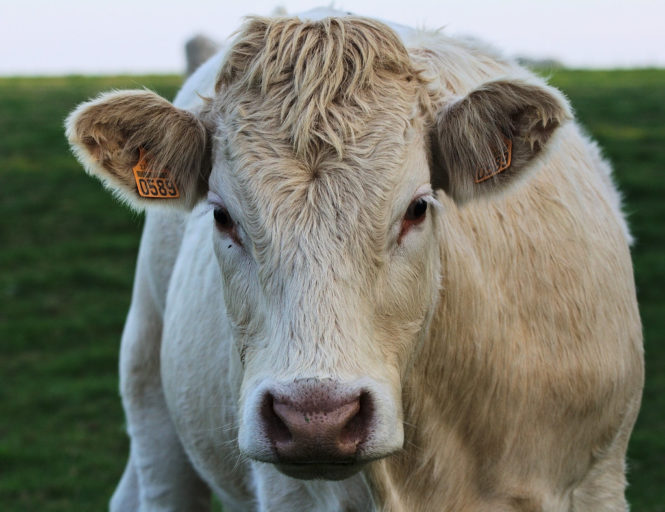
Possums can carry a disease called bovine tuberculosis which they spread to cattle. Bovine tuberculosis is a serious, highly infectious disease found in cattle and deer herds, causing weight loss and death.
If TBfree’s bovine TB eradication programme were to stop, the potential cost to New Zealand as a country has been estimated at $5 billion over 10 years.
This piece was originally published in June 2021

